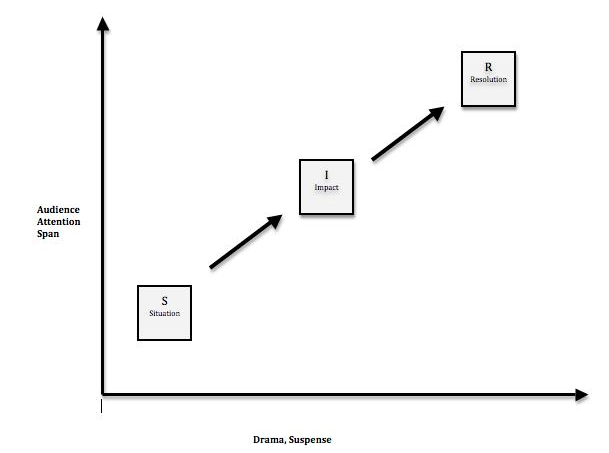I found this in a file earlier this week. It was part of a pre-work exercise for a well known professional services firm. We were engaged to help them redefine their corporate value proposition and messaging architecture. I thought it might be useful for the group.
Who Uses It?
Everyone:
- Marketing Teams
- Salespeople
- Recruiters
- Investor Relations.
What You Should Not Do:
Most elevator pitches miss the mark because:
- They are too long–“We have an elevator pitch but it requires a building with 700 floors…”
- They are too technical
- They lead with bragging points or product features — “We are the leading provider with 54 offices in 29 countries.”
- They are ego-centric rather than customer-centric—An elevator pitch is a response to the question what do you (or what does your company) do? When a customer asks this they mean, “what do you do for me? “
How To Do It Right:
- Be customer-centric
- Be concise (30-60 seconds max)
- Be true and “ownable”
- Convey business outcomes, not bragging points or features.
- Show, don’t tell— provide a story that will show a customer what your company will do for them.
Best Practices:
Elevator Pitch Should ‘Tell a Story’ that:
- Addresses: Situation, Impact and Resolution
- Starts with customers; ends with outcomes
- Quantifies your value proposition
Try beginning with a provocative statistic
It should consist of three parts:
- Situation – cite the dilemma, pain, difficulties or complications that the prospect faces…
- Impact – quantify the impact that the situation is having on the prospect’s bottom line…
- Resolution (Solution) – how do you solve the problem?

